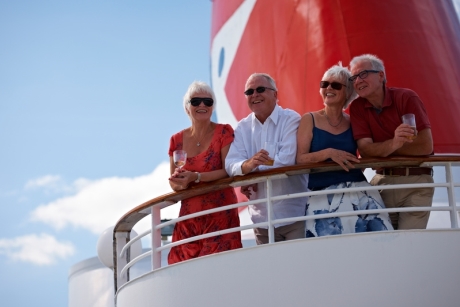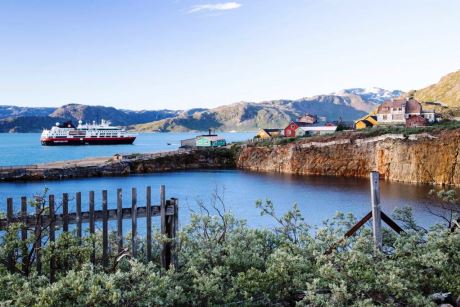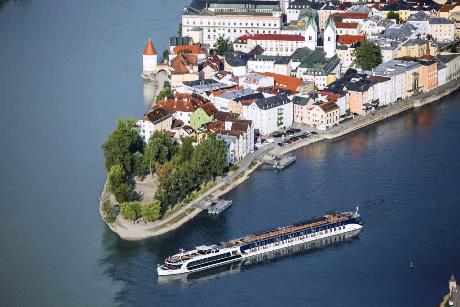
October has been designated Plan a Cruise Month by cruise trade body CLIA but where do you start? Jane Archer offers some advice for organisers planning their first group cruise.
Planning a group cruise for the first time might look a little daunting. There are so many ships to choose from, so many places to go and so many unknowns (what are staterooms, and what is a tender port?)
In fact it is one of the easiest group holidays to organise, even for those coming at it cold.
That’s because once an organiser has decided on a ship and itinerary, the rest is sorted by the cruise line (the meal plans, the tours, maybe even the flights) so they can concentrate on selling the holiday.
The bad news is that choosing a ship and place to cruise sounds easy but it is really time-consuming. Worse still, it is vital to get this bit right. If they do, chances are they’ll be planning their next cruise before the first has ended.
There are big and small ships, luxury yachts, mini-cruises, one or two-week itineraries, even voyages of a month or more. There are cruises from the UK for those who prefer not to fly, resort-style ships packed with activities and restaurants of every hue, and themed cruises that cater for all sorts of special interests, from food and wine to gardening and golf.

Pictured: A Hurtigruten ship in Norway.
Organisers can narrow down the choices by focusing on cruise lines that offer added-value group incentives such as cabin upgrades, free berths for group leaders, welcome cocktail parties and on-board spend.
Some of the best are Holland America Line, Voyages to Antiquity, Fred. Olsen Cruise Lines, Cruise and Maritime Voyages and Royal Caribbean International. These cruise lines also have specialist staff to look after group bookings every step of the way (and, incidentally, they will explain all those strange terms as well!*).
Organisers should also be guided by their customers. Would they like a formal cruise or something more casual? Do they tend to holiday close to home, in which case exploring the British Isles on a cruise around the UK or sailing to the Norwegian fjords would be ideal.
For Francophiles, suggest a river cruise on the Seine or Rhône; for families seeking sun, sand and sea, consider the Caribbean or Greece. Remember families will be tied school holidays, while others might prefer to travel out of season when the kids are back in the classroom.
When is often dictated by where. Baltic cruises run from April to September, cruises in the Canary Islands are in the autumn, winter and spring. If Asia appeals, you have most choice between October and April.

Pictured: Passau, Germany. (Photo credit: AmaWaterways).
Clients who have never cruised before are likely to come up with all sorts of reasons why they won’t go on a ship. Here are a few favourites and suggestions on how to overcome them:
1. It will be boring
Cruise holidays are one big adventure, with lots of activities, restaurants and diverse entertainment on board and exciting places to explore ashore. More often, passengers start complaining there is too much to do, especially if the itinerary visits a different port every day.
2. It is too expensive
Break the cost of the cruise down into a per diem rate and show them what is included (meals, entertainment, etc) compared to what they would get on a similar land-based holiday.
3. It’s just for old people
In fact more than 1,500 kids and teens cruise each year. It is both educational (trips to Pompeii or the Acropolis in Athens) and great fun with water slides, rock-climbing walls and ropes courses among activities on ships these days.
4. I get seasick
No problem. Tell them to join you on a river cruise in Europe, Asia or the US.
* For those still wondering, a stateroom is simply the cruise lines’ preferred moniker for a cabin, while a tender port is one where ships stay at anchor and passengers go ashore in small boats.















